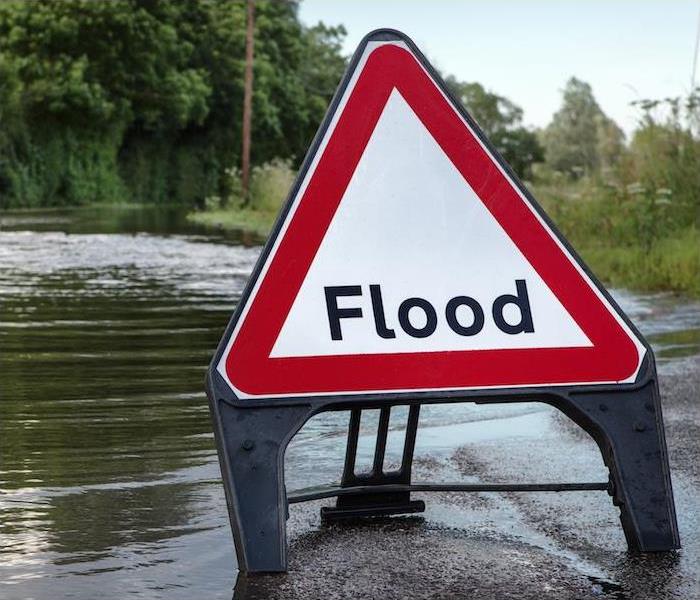3 Types of Flooding & What Causes Them | SERVPRO® of Cedar Mill/Oak Hills
4/7/2022 (Permalink)
 Regardless of the cause of the flooding, SERVPRO of Cedar Mill/Oak Hills has the team to help you recover from any disastrous event.
Regardless of the cause of the flooding, SERVPRO of Cedar Mill/Oak Hills has the team to help you recover from any disastrous event.
The most frequent natural catastrophe in the United States is flooding, claiming more lives each year than hurricanes, tornadoes or lightning. It may affect everything from individual homes to large expanses of entire communities and cities.
Flooding occurs in all 50 states and all US territories, yet there are commonalities in their varieties and causes. There are three distinct forms of floods, which occur because of four main causes.
3 Types of Natural Flooding
Flash floods occur when heavy rain flows over a region, overwhelming the ground’s capacity to hold the moisture. Excess water drains away, carrying trash, automobiles and other debris with it.
River flooding is just what it sounds like. When a river’s banks are unable to contain the excess water, the water rushes over the edges, wreaking havoc.
Coastal floods occur in locations adjacent to big bodies of water when storm surges or cyclonic activity raise the ocean or gulf levels to flood level.
The 4 Most Common Causes of Natural Flooding
Heavy rainfall. Storms with significant rainfall or storms that sit and linger for a lengthy amount of time over a region might result in flash floods or river flooding. Urban regions are particularly susceptible to rain floods, since the increased proportion of concrete and asphalt means that there is insufficient soil to absorb all that water. In Portland, there are over 30,000 homes that have a higher than a 25% risk of being seriously impacted by floods within the next 30 years. This is 13% of all properties in the city being at risk! Flooding can cause a host of issues for Portland residents, including interrupted access to utilities, overrun first-responder services as well as disrupted transportation and roadways, seriously impacting the area’s economic well-being.
Oceanic activity. Storm surges, hurricanes and high tides may all result in water levels rising in waves, which can wreak havoc on coastal cities.
Dams and levees failing. In recent history, the most notable example of this would be the tragic levee collapses during Hurricane Katrina. Levees and dams collapse when they develop fractures or when the dam’s capacity to control the surge of water behind them is exceeded.
Snowmelts and ice dams. Snow and ice may accumulate over the course of a winter in areas of the country where significant snowfall and extended freezing conditions are common, and when they begin to melt, they produce rivers of water to pour through nearby cities. Ice dams or ice jams occur when rivers get obstructed by built-up ice that is transported downstream, forcing the banks to overflow.
Regardless of the cause of the flooding, SERVPRO has the tools and teams to help your home or business recover from its disastrous effects. Contact us anytime when flooding or water damage makes a mess in your life.






 24/7 Emergency Service
24/7 Emergency Service